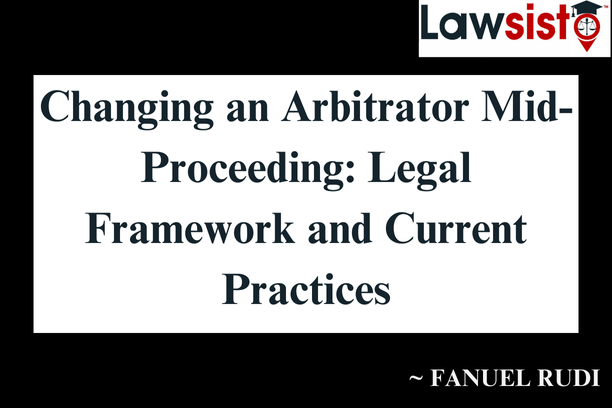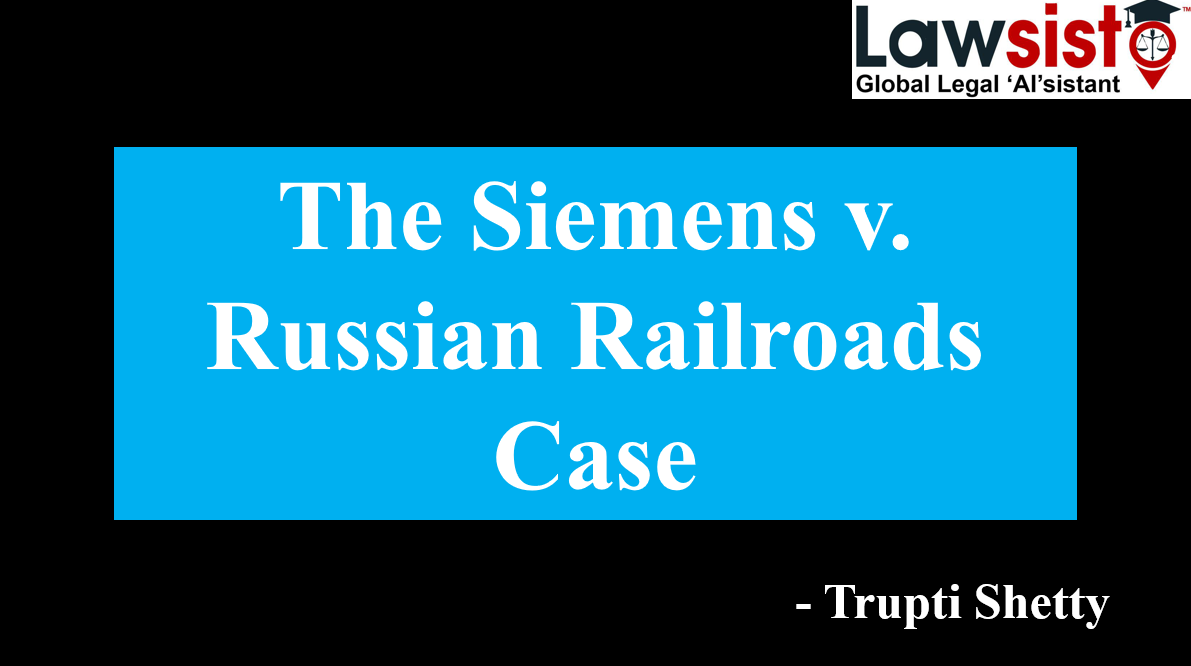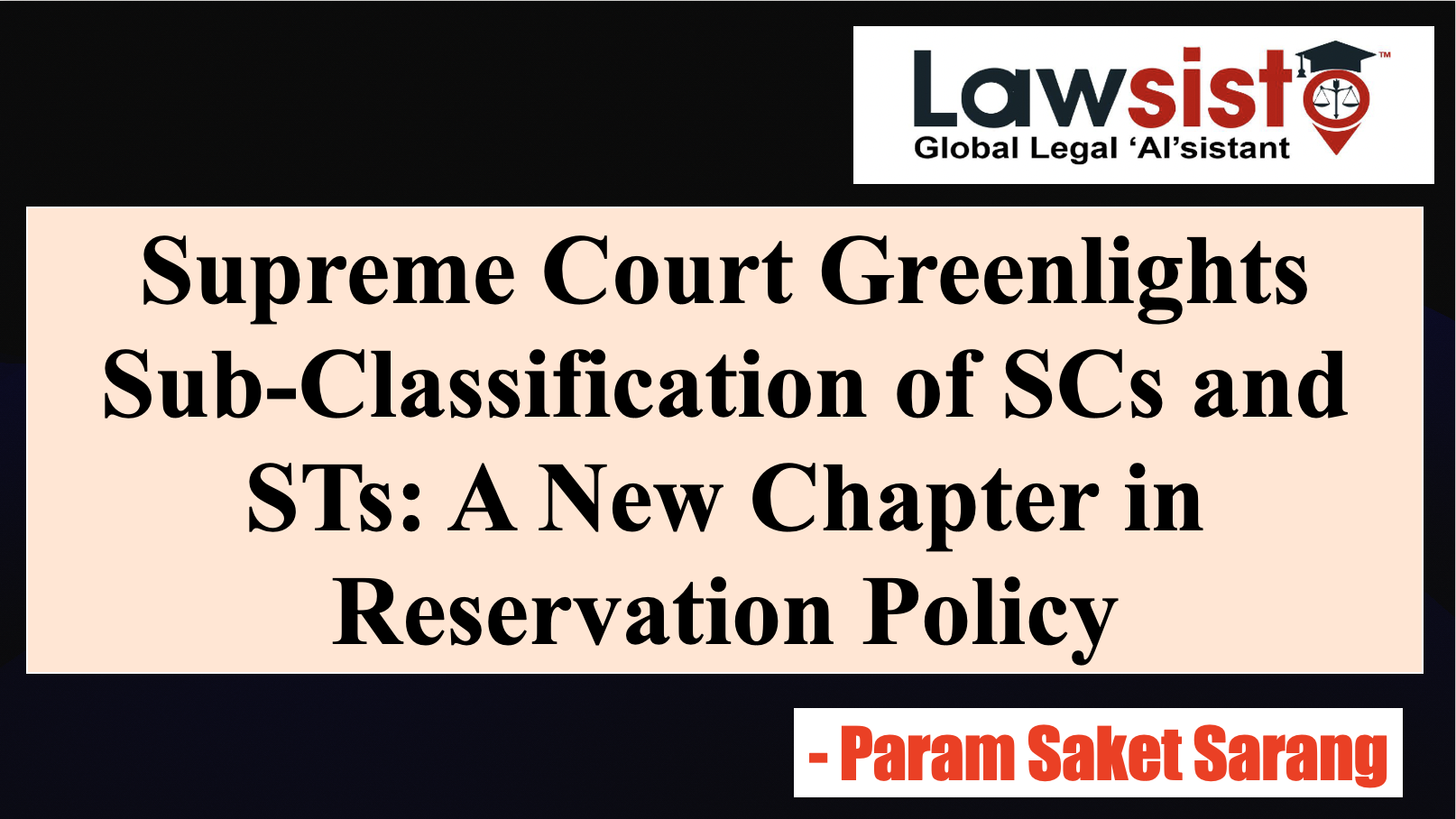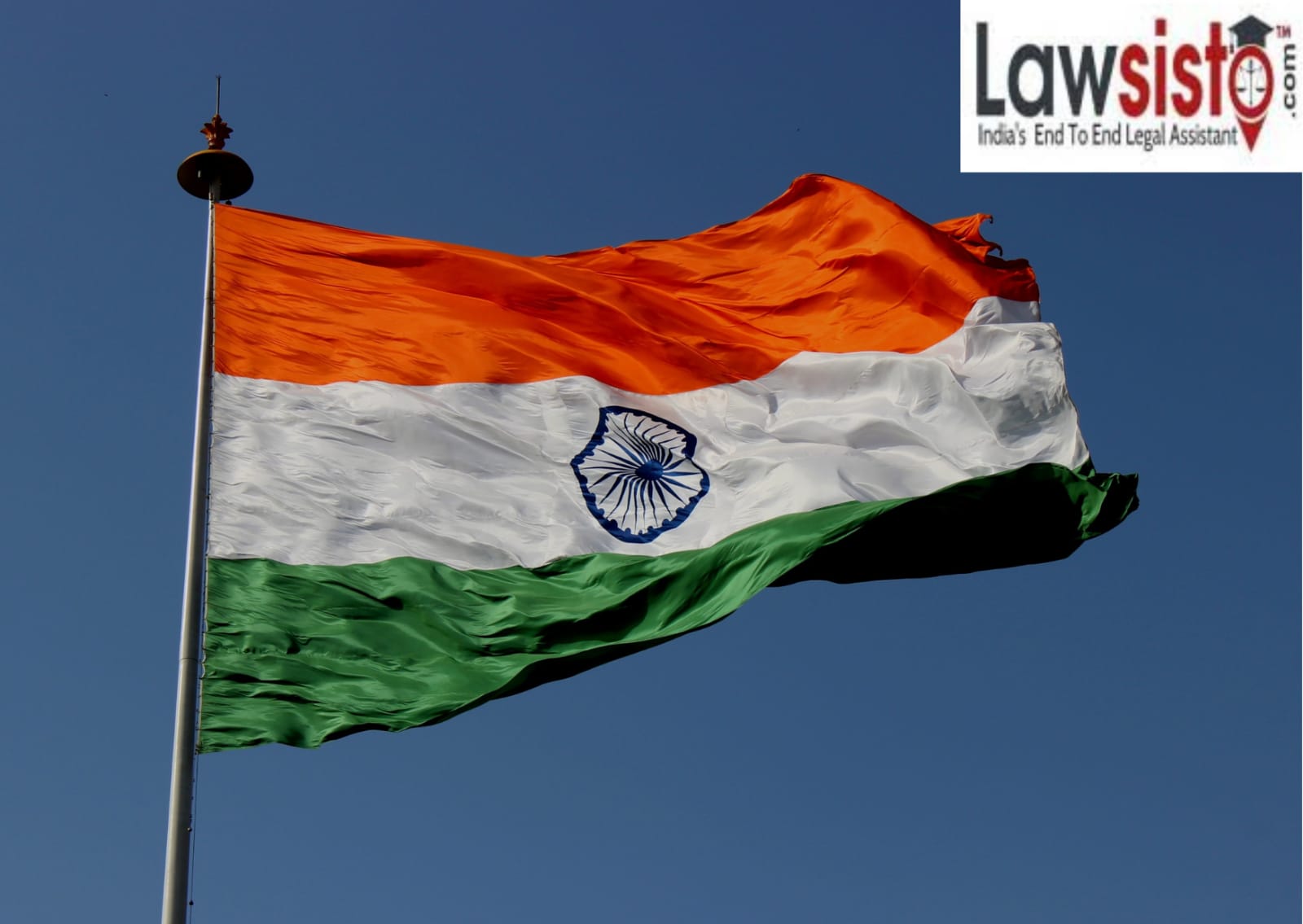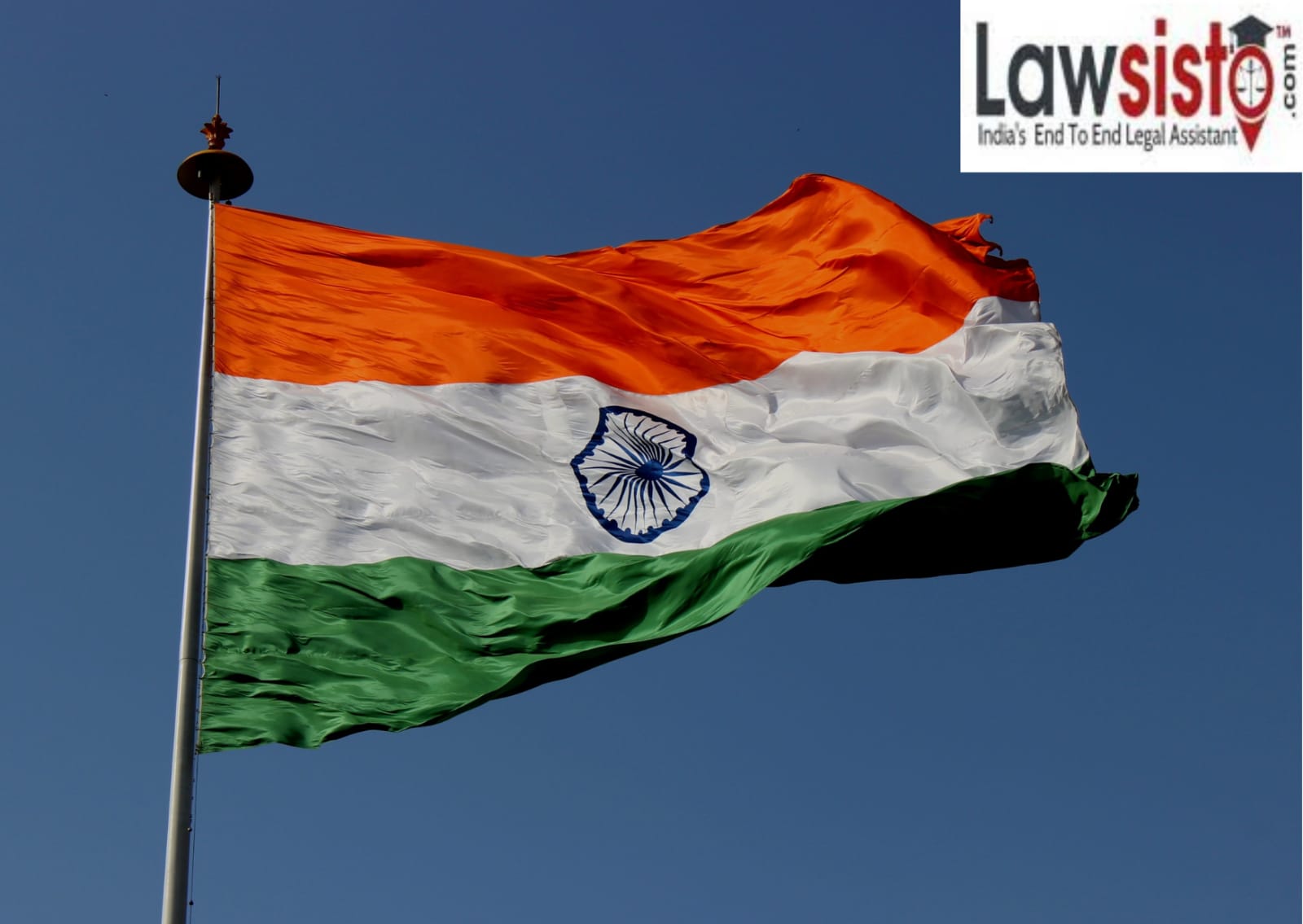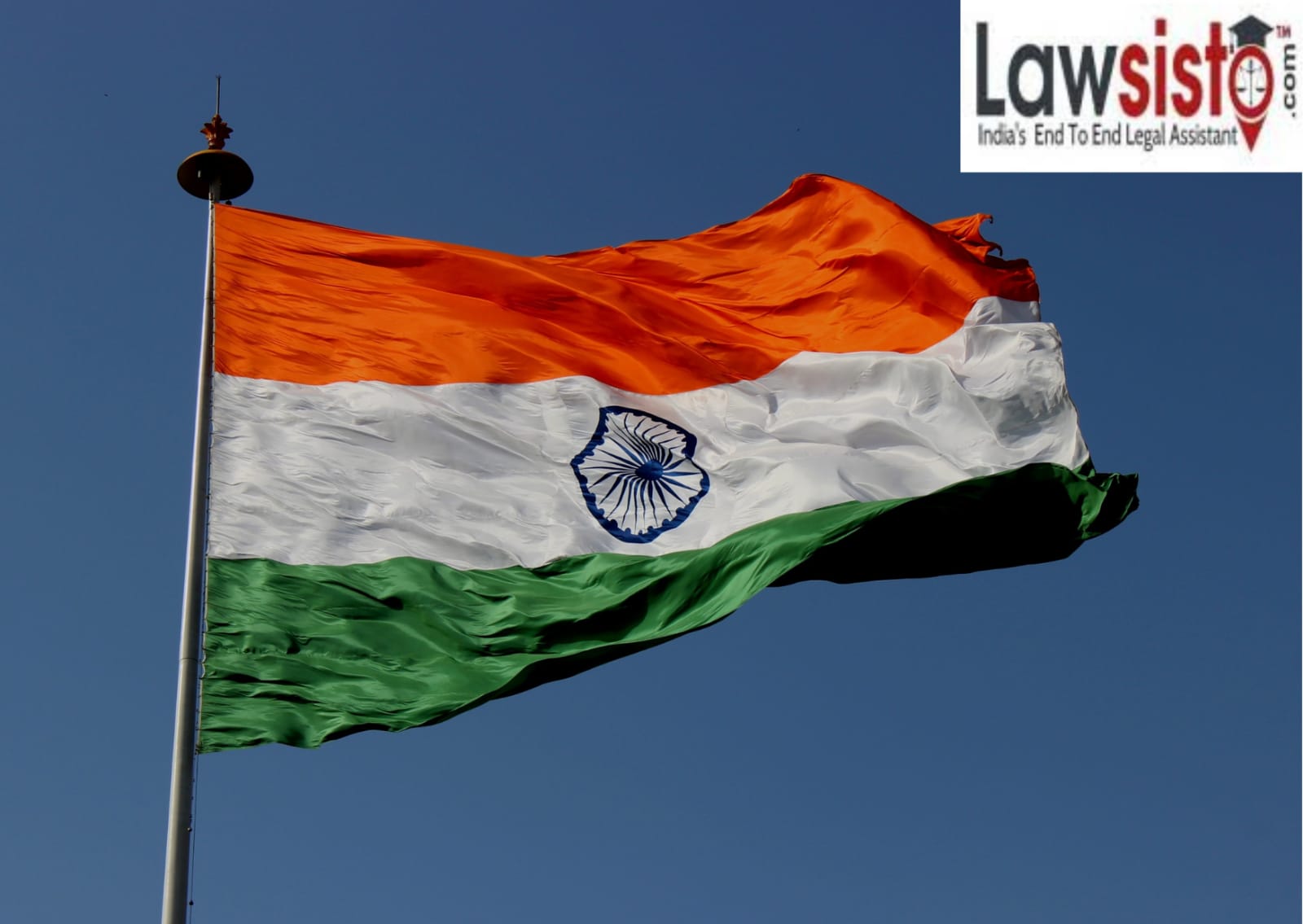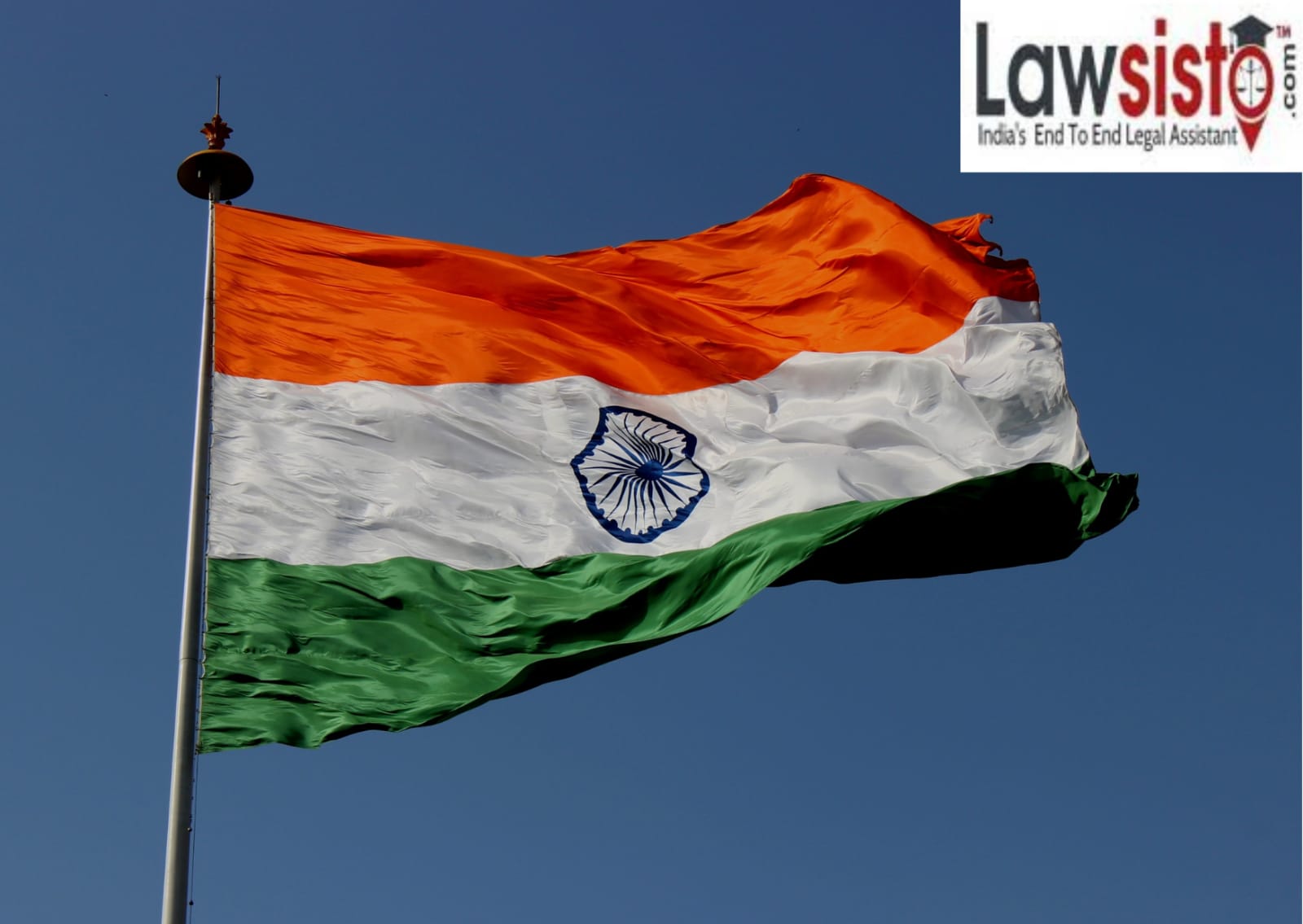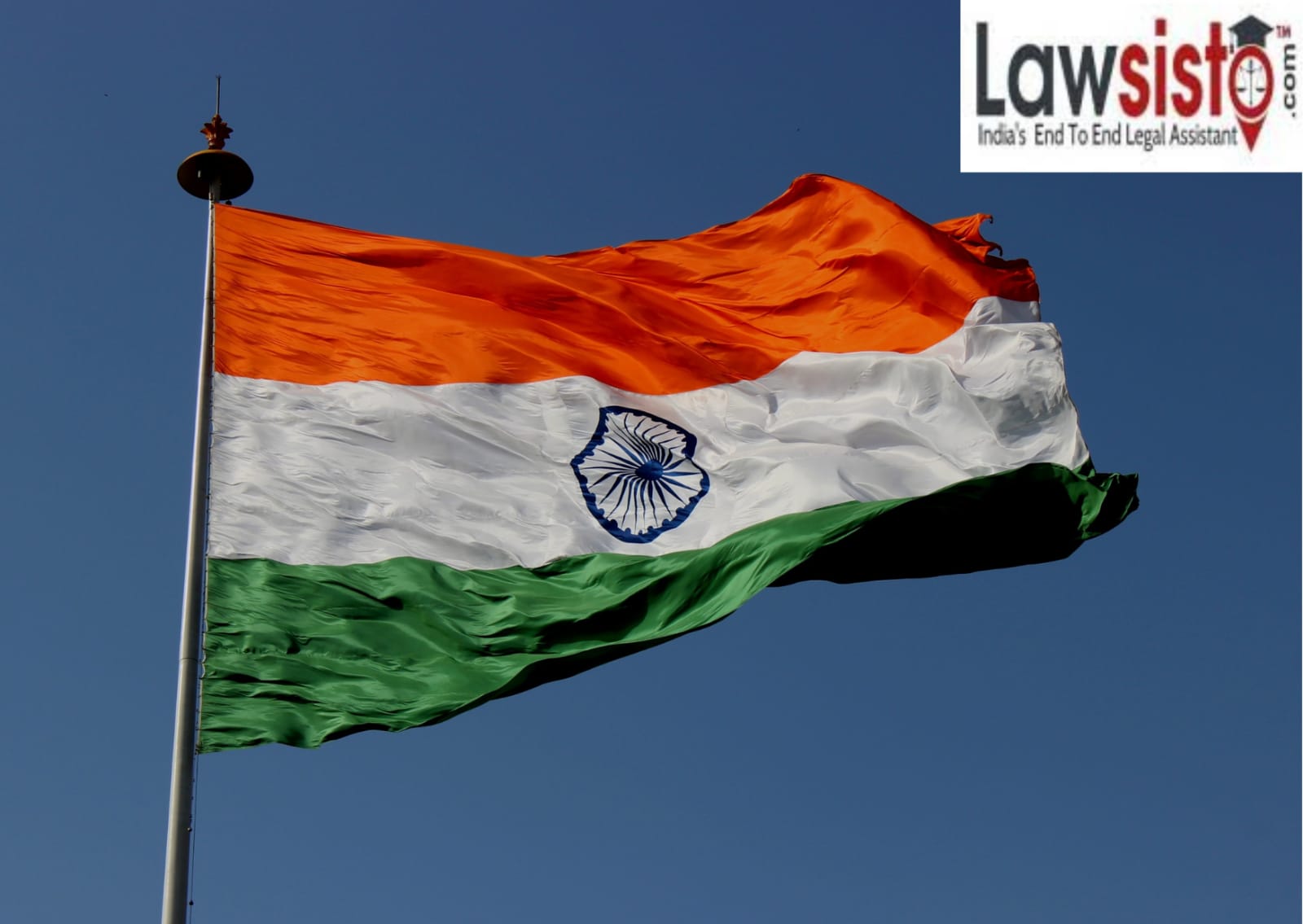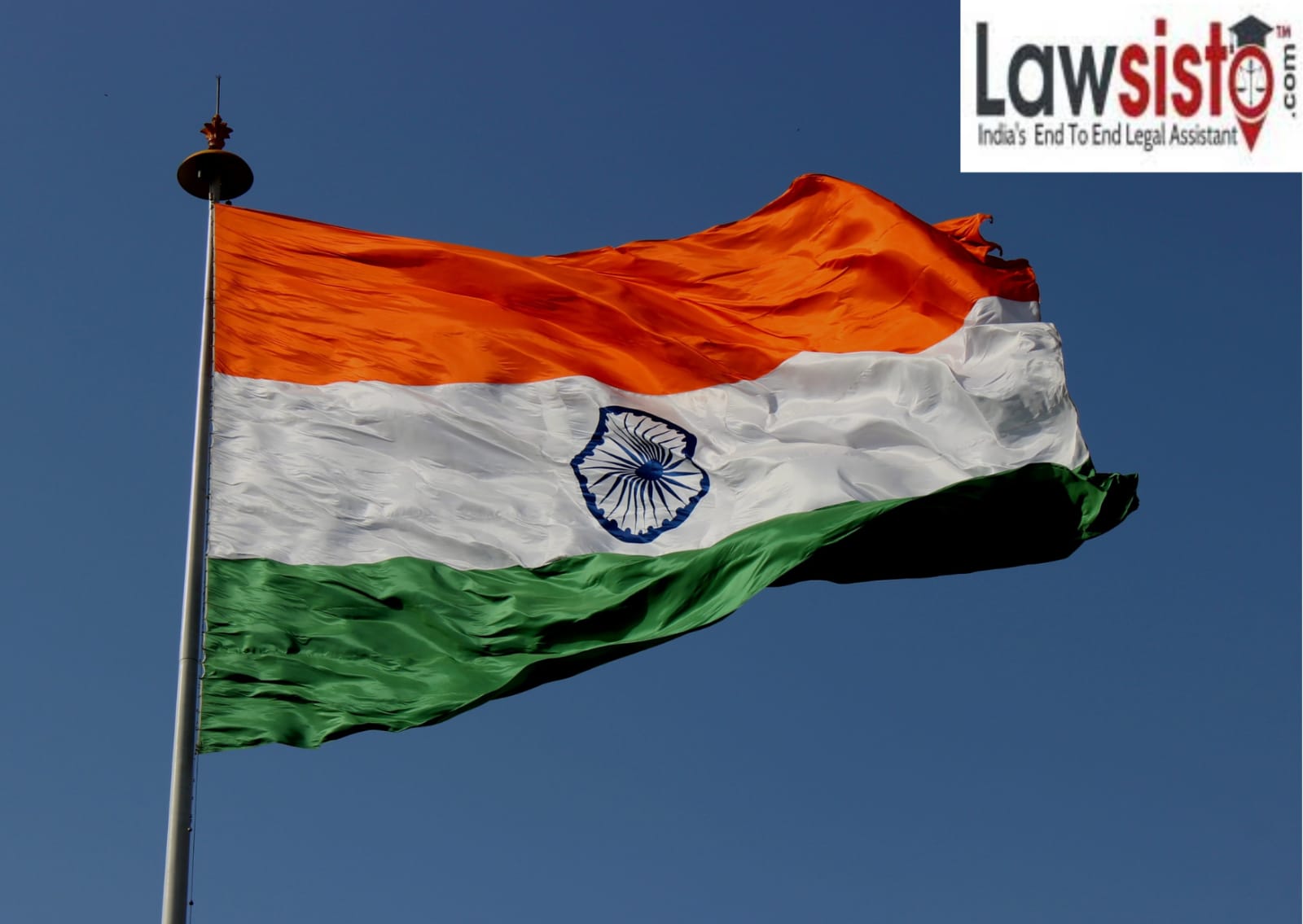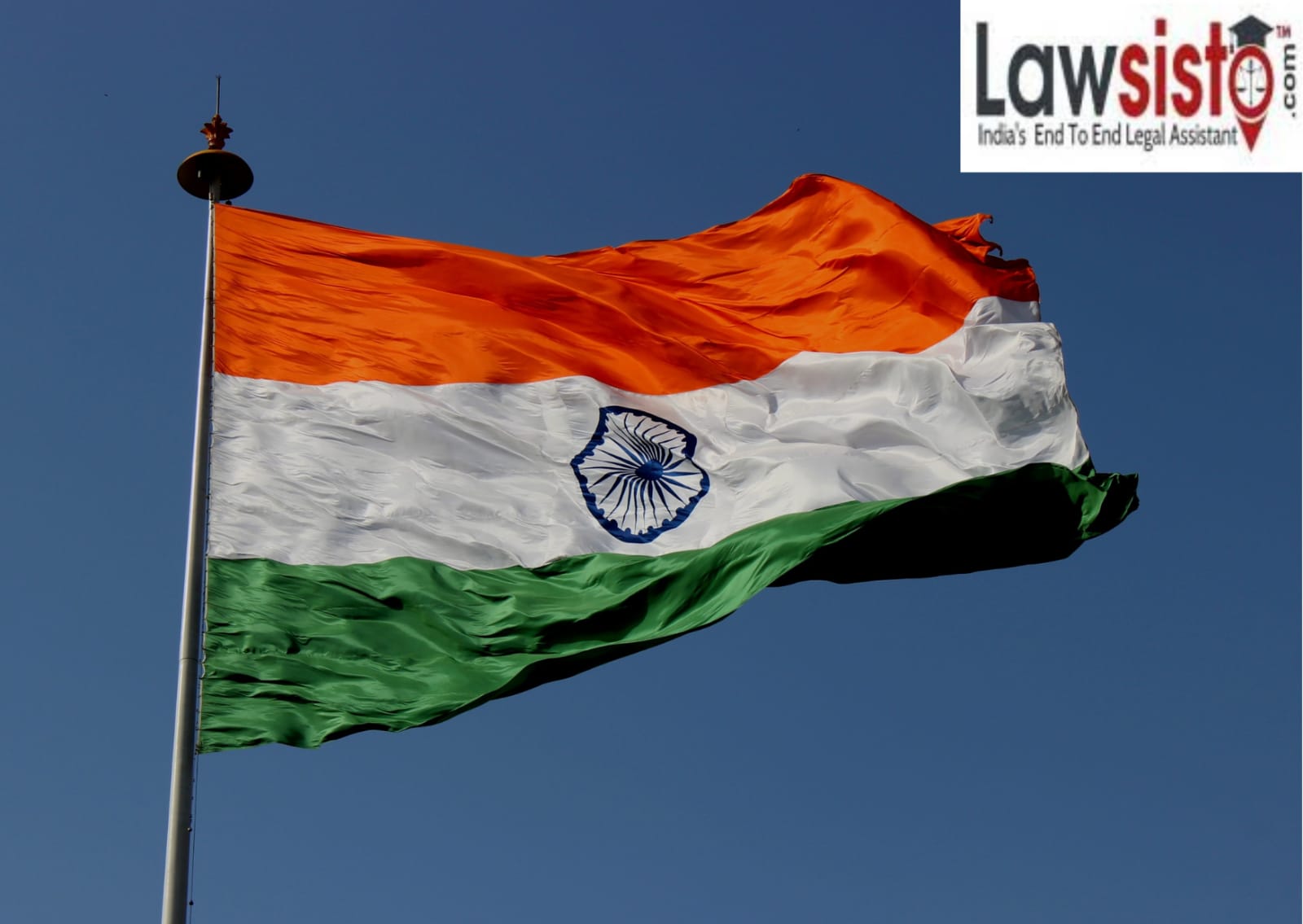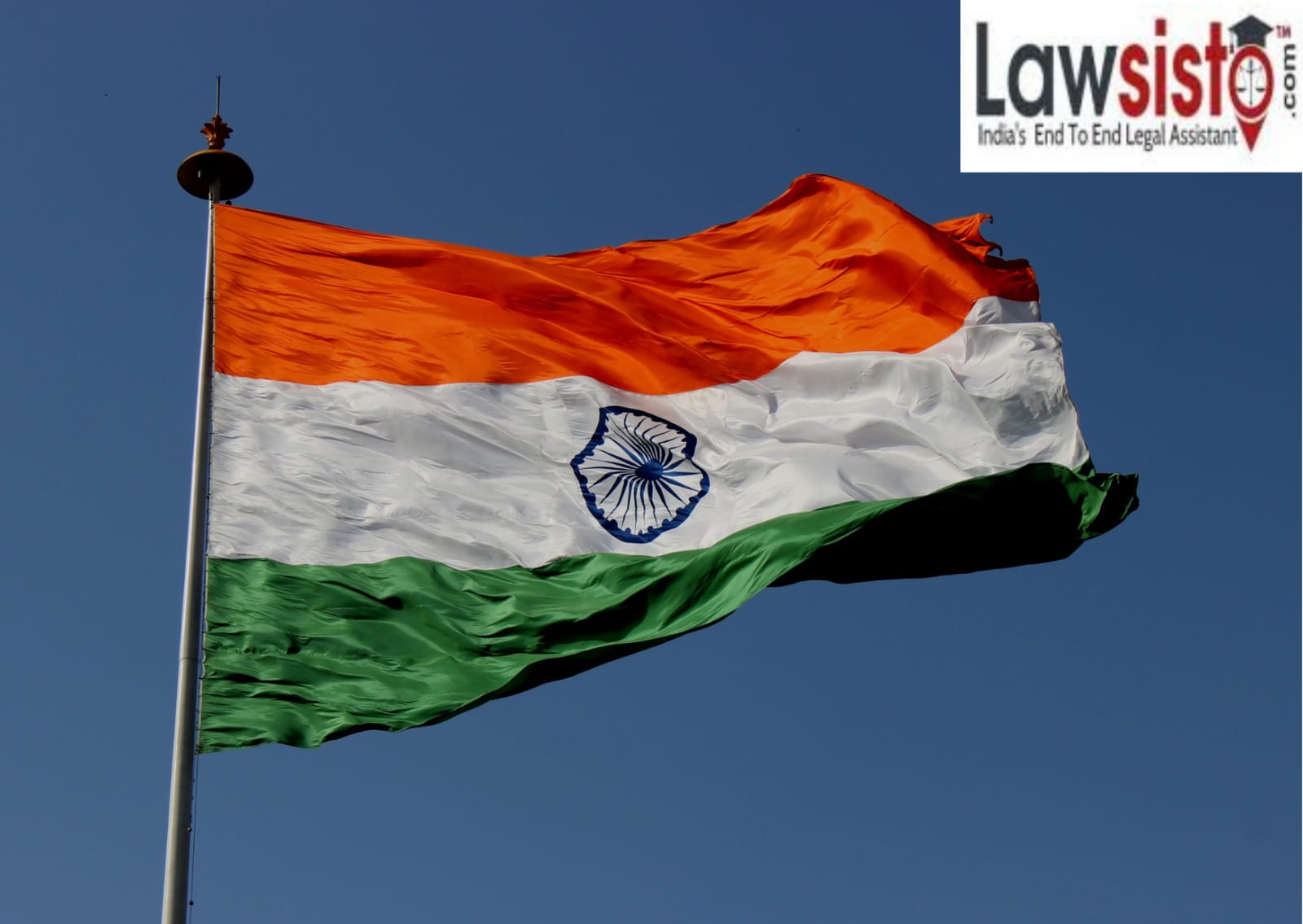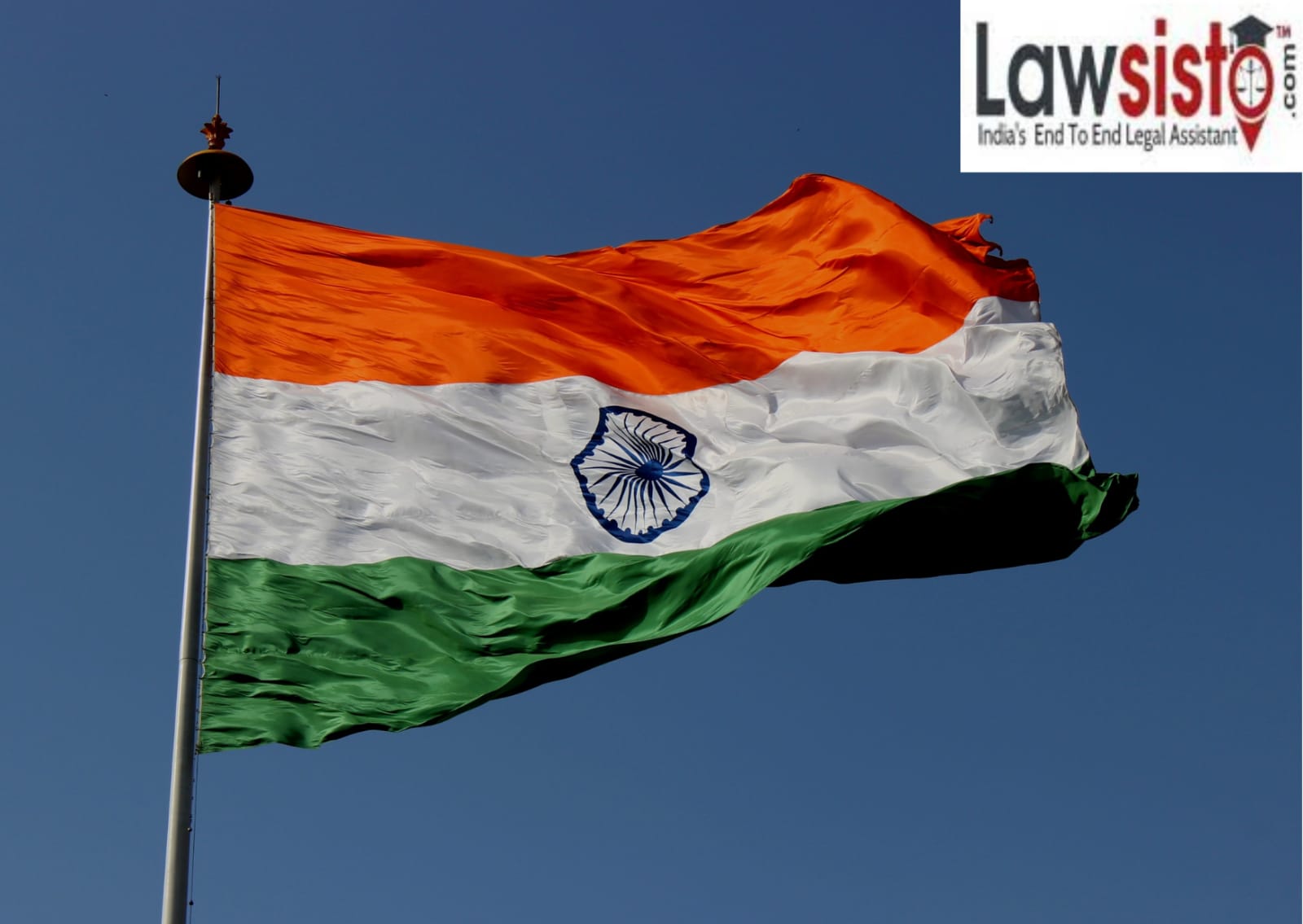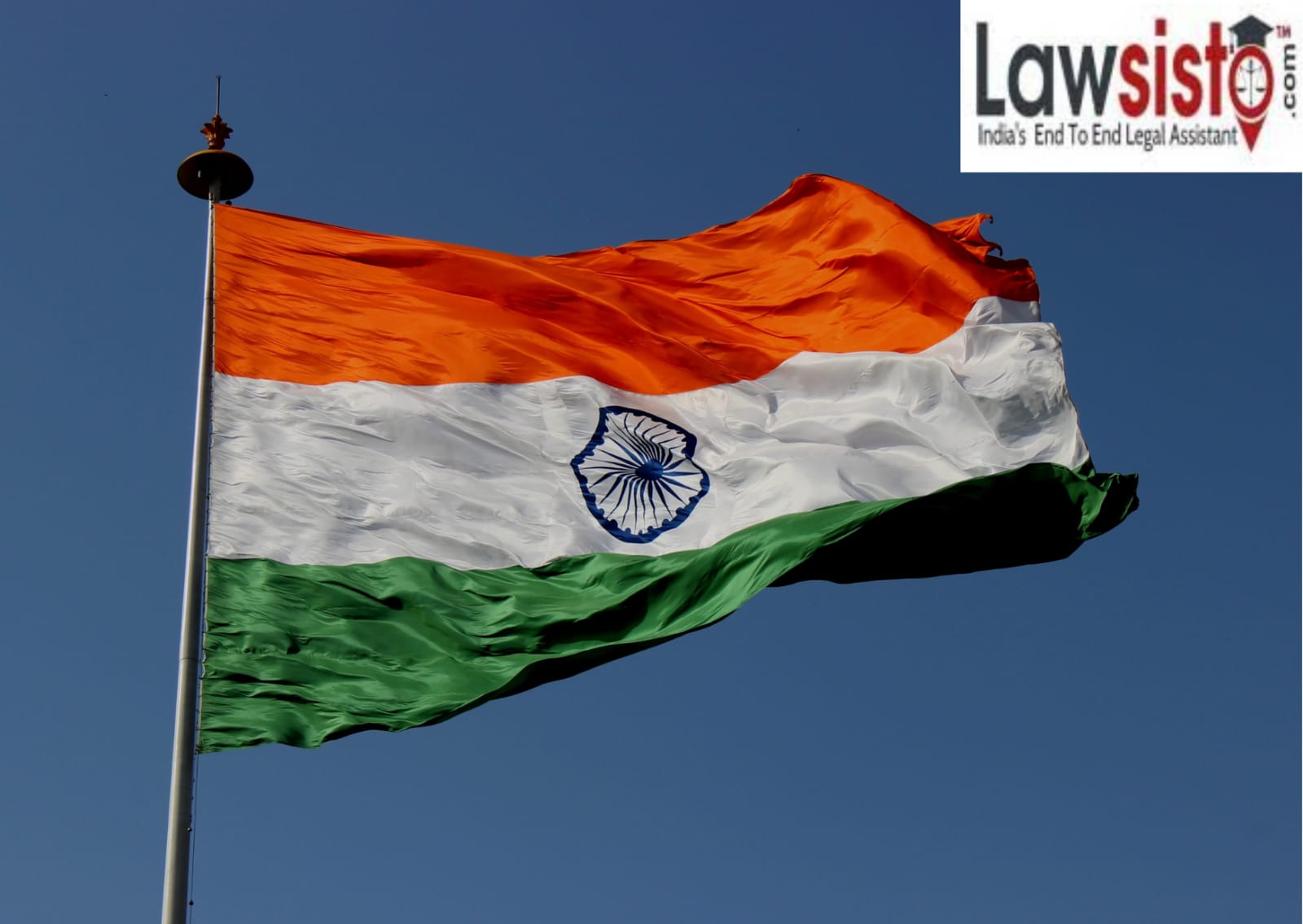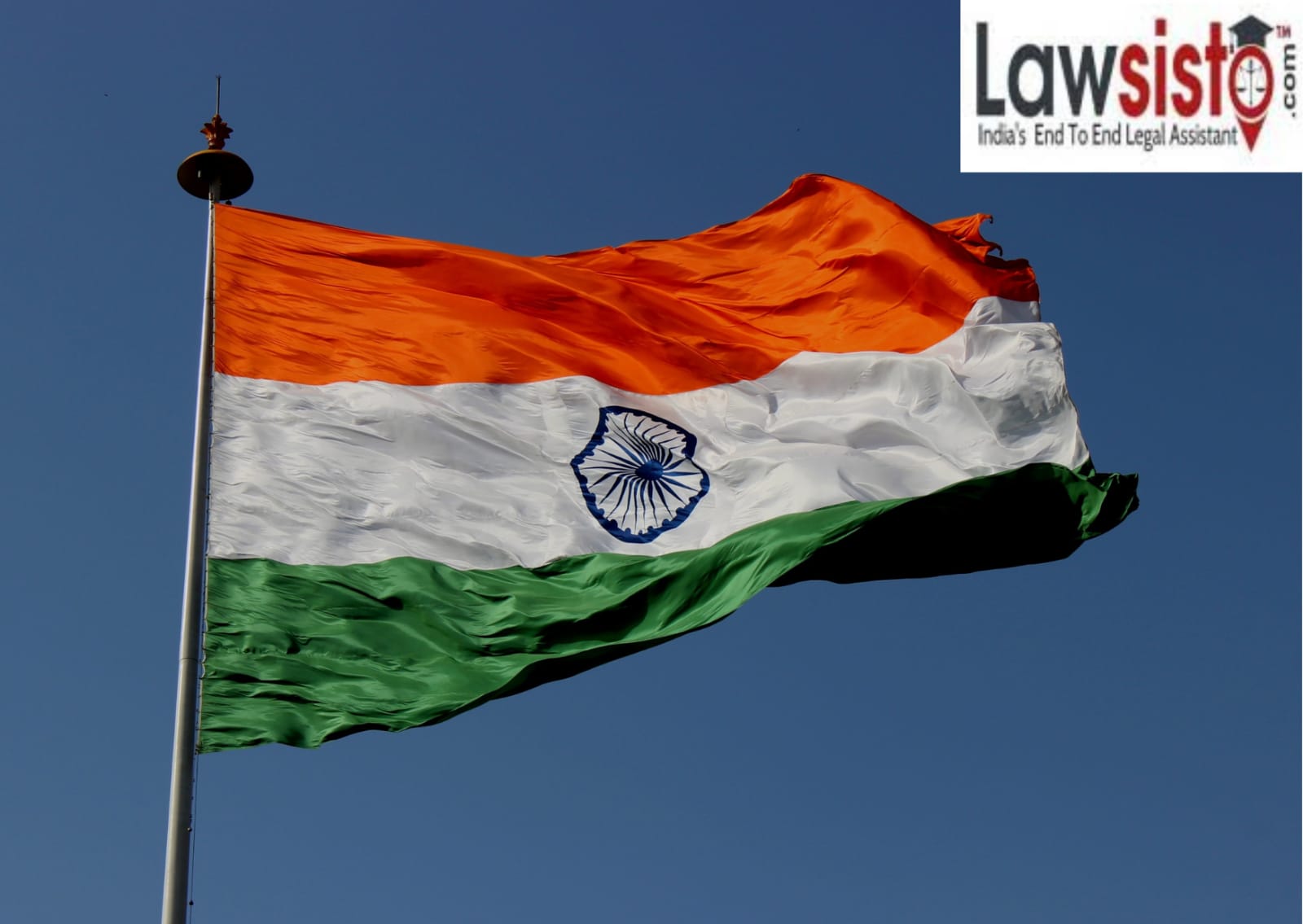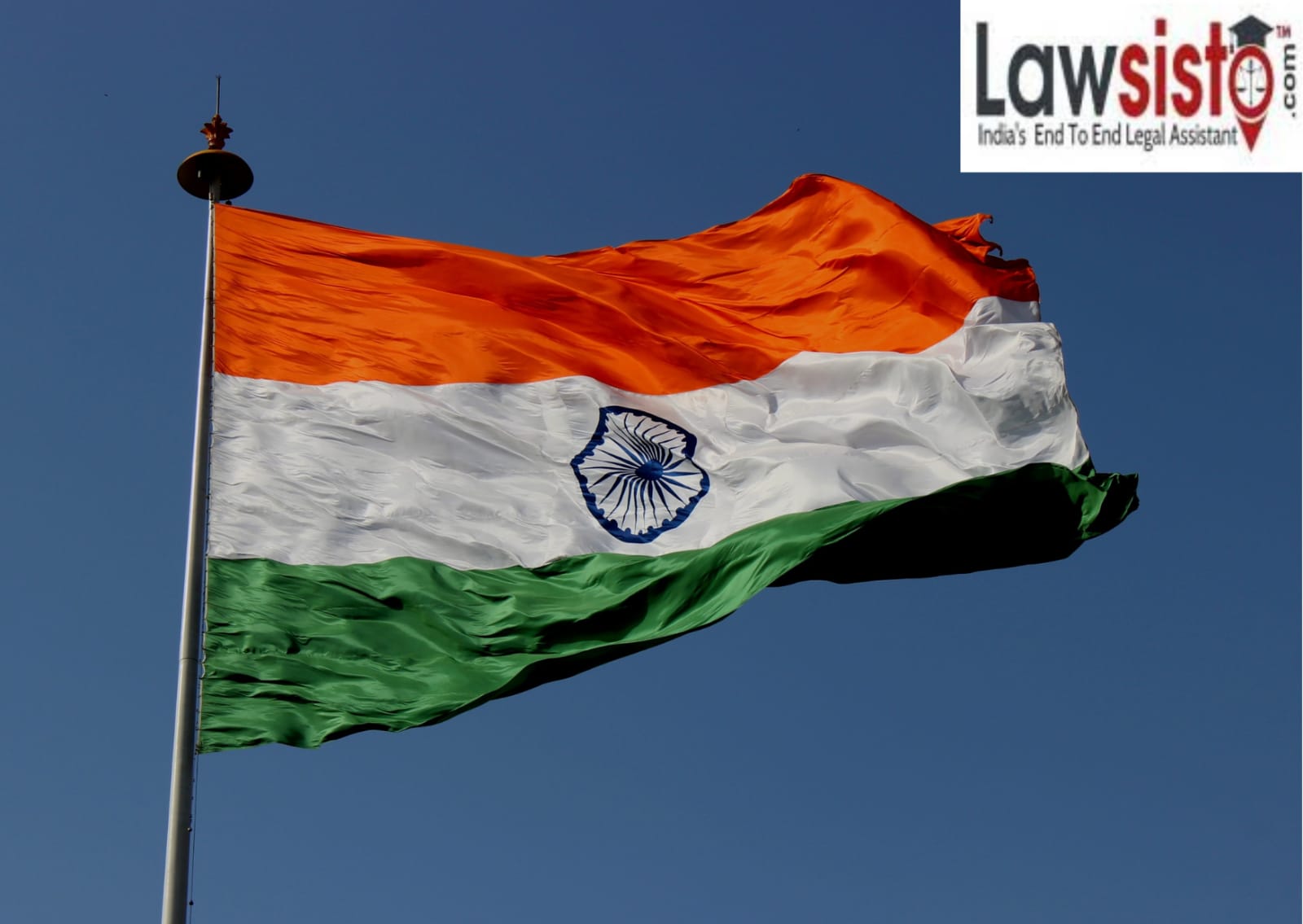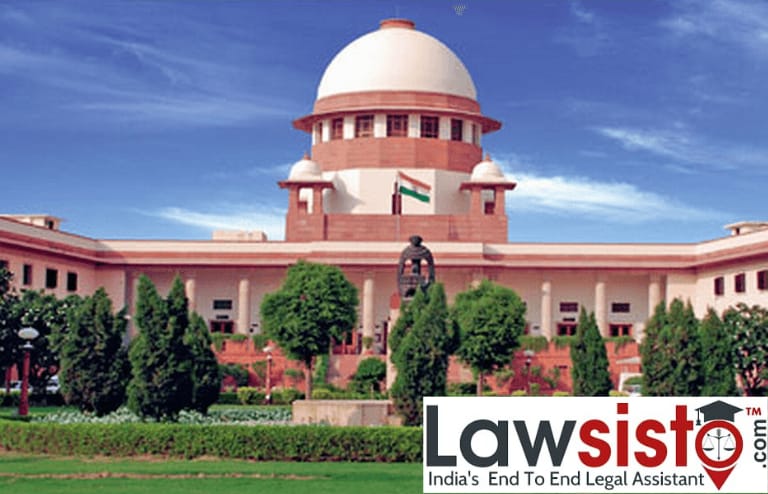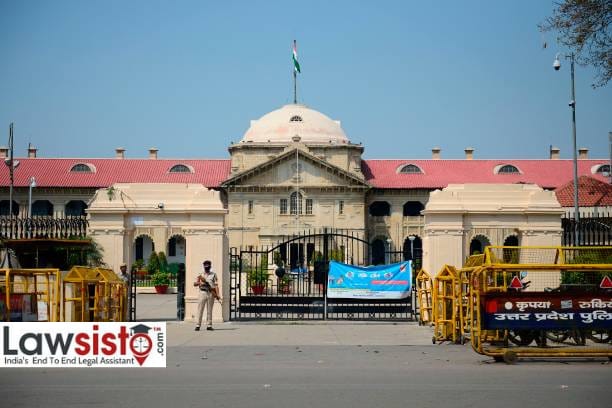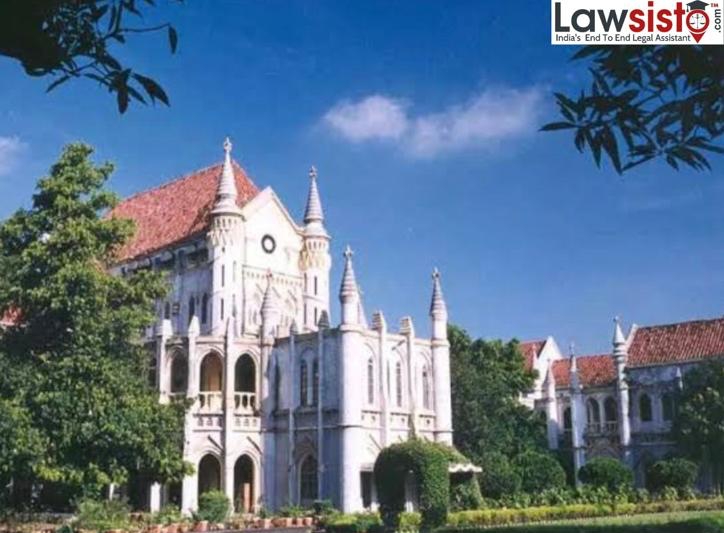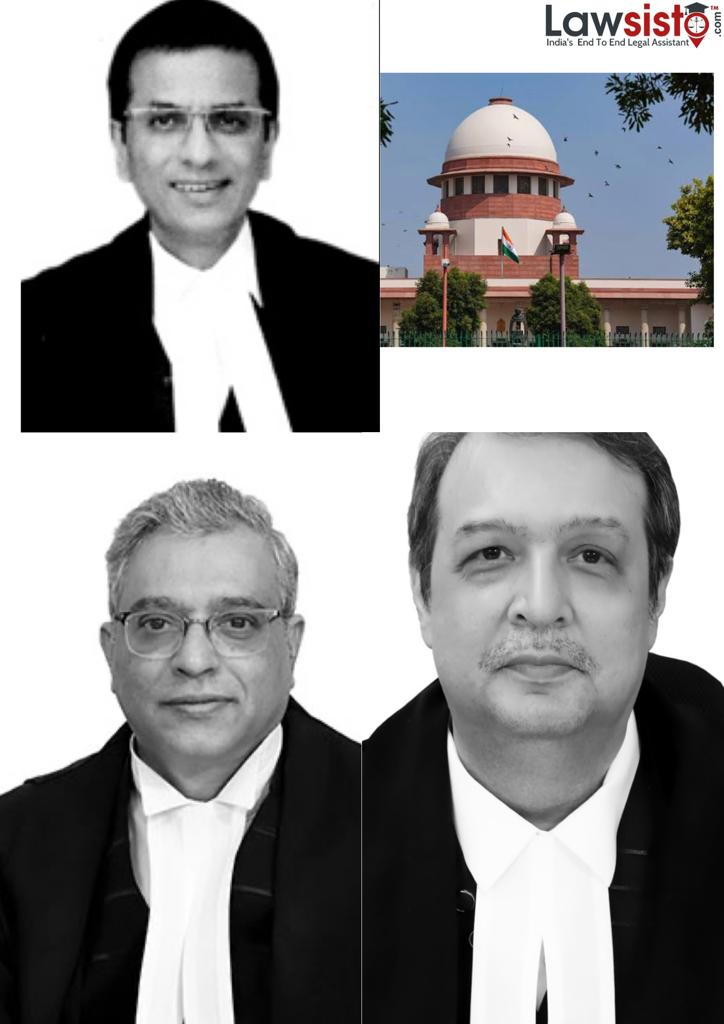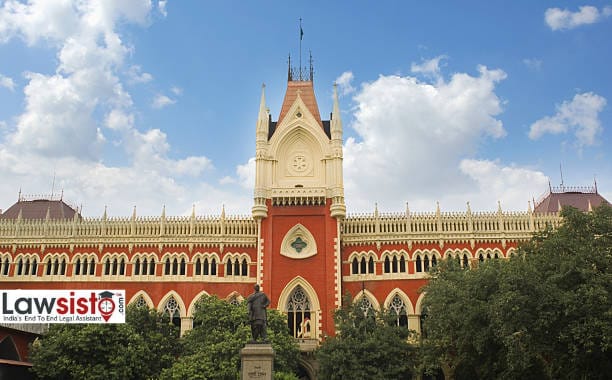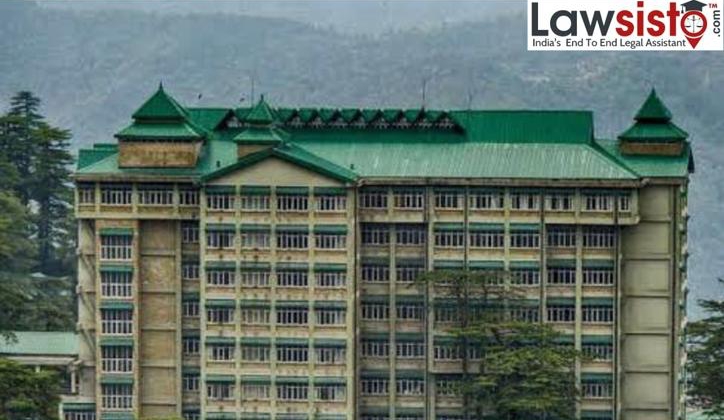Latest News
Inclusion of Arunachal Pradesh in Sixth Schedule?
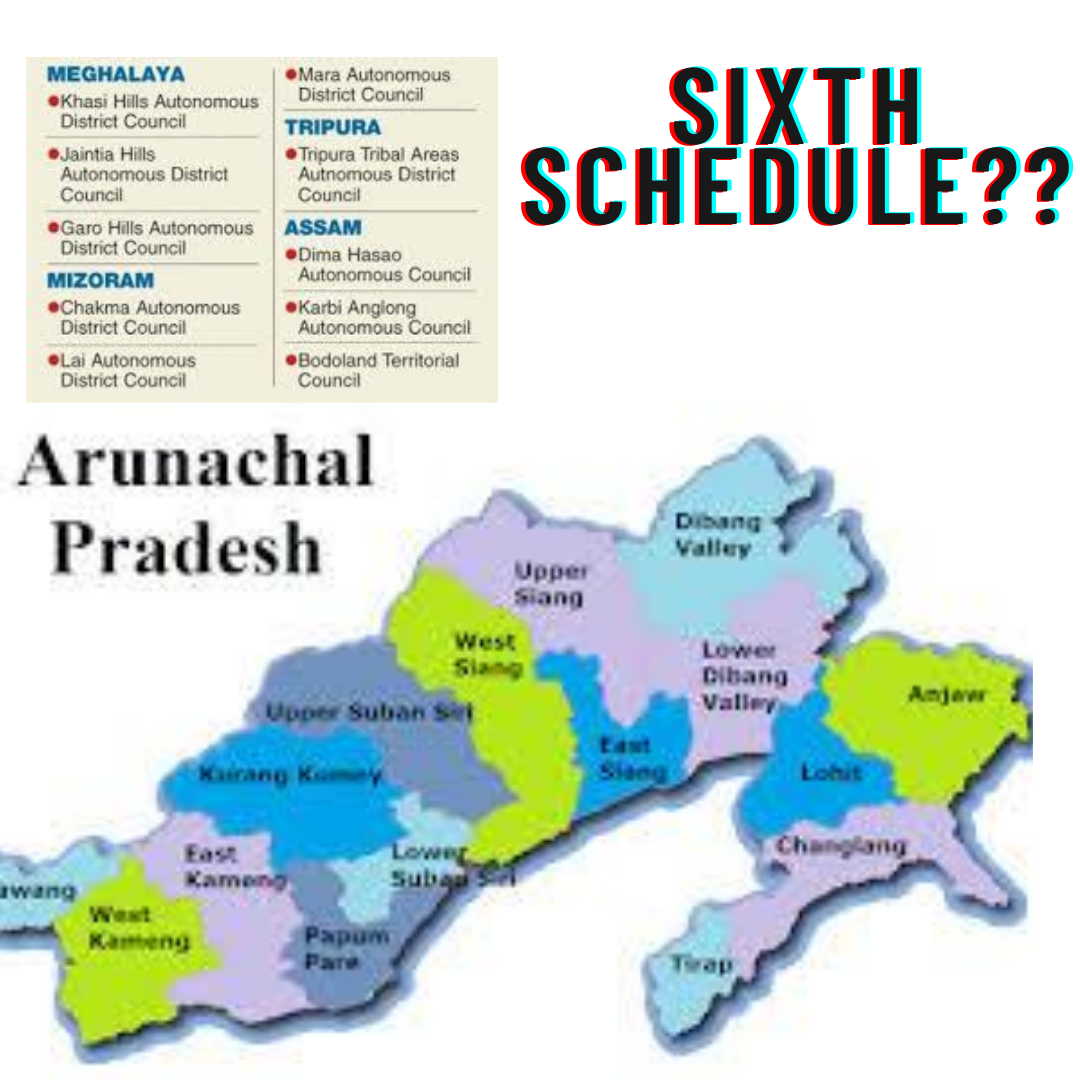
The BJP-led government in Arunachal Pradesh wants to place the name of Arunachal Pradesh under the Sixth Schedule of the Indian Constitution. The decision has been taken after a cabinet meeting headed by the Chief Minister Pema Khandu and Arunachal Pradesh’s Home Minister Bamang Felix.
The State Assembly of Arunachal Pradesh has passed a resolution on 27th August 2020. The Home Minister of Arunachal Pradesh in the assembly said that – “After intense discussion with civil society groups and student bodies it was found necessary that for the protection of the religious and social practices and customary law and procedure of the tribes of the state, the sixth schedule is necessary.”
So, what is Schedule 6 of the Indian Constitution? Why does Arunachal Pradesh want to include it under schedule six?
The State of Arunachal Pradesh comes under Inner Limit Permit system. It is an official travel document for the inward travel of the persons in the protected states for a limited period.
According to this system, it is mandatory for the person travelling inside the protected states to obtain this permit. Other Indian states coming under it are Nagaland, Mizoram and Manipur.
The state of Arunachal Pradesh also covered under Article 371(H) which provides special powers to the Governor of Arunachal Pradesh concerning law and order and can exercise his individual judgment for the actions taken.
But the state government of Arunachal Pradesh contended that these two laws provide protection but not fully. It is very important to provide full ownership of the state’s people.
What is Schedule Six of the Indian Constitution?
The Schedule Six of the Constitution provides for the administration of the scheduled areas in the areas of Assam, Tripura, Meghalaya and Mizoram. This provision is provided under Articles 244(2) and 275(1) of the Constitution. The Constituent Assembly while drafting the Constitution in 1949, had agreed on the reports of Bardoloi Committee which permitted the tribal areas to become developed according to themselves.
The sixth schedule allows the states under it to form Autonomous Districts Councils (ADCs). The Governor has the power to organise or reorganise the area of the districts. They can change the name of the autonomous region without any separate legislation.
With the consent of the Governor, these regional and district councils can administer the matters like land, forest, canal water, shifting cultivation, village administration, the inheritance of property, divorce, marriage, social customs and so on.
These councils can also form courts to trial the cases between tribes. Governor specifies the jurisdiction of the High Courts over these courts. Besides this, the acts of Parliament and state legislature do not apply to these councils or if apply the exceptions or modifications are specified by the Governor.
In 2019, 119th meeting of National Commission for Scheduled Tribes held which discussed Ladakh to include it under the sixth schedule as Ladakh contains the total population of 97% of tribes. The committee agreed to it but it would require the Constitutional Amendment. And Ladakh will be the first UT to be included under the sixth schedule.
Now the question arises, is it good to include new regions under schedule six? There are many reasons in support of the inclusion of new regions as it helps in democratic devolution of power and will also help to enhance the transfer of funds for speedy development.
But every coin has its two sides, if we include the new region under this schedule, there will be multiple centres of power such as state legislature and ADCs. There will be a conflict between the interest of District councils and state legislatures.
So, the government needs to think and act upon this matter effectively which can help the tribal community and also in developing the backward areas.

